
What are Types of Abortion?
There are two types of abortion, surgical abortion and medical abortion. While in surgical abortion the doctor uses specific instruments and manipulates inside the uterus in case of medical abortion patients are administered specific drugs which induce abortion and expulsion of the embryo/fetus and their tissues from the uterus.
Abortion Preparation
The doctor first takes a brief and targeted medical history and asks certain question regarding prior pregnancies and treatments during those pregnancies. Patients are also asked about sexually transmitted illnesses as well as other conditions that may affect the reproductive organs. It is also essential to check for other medical conditions such as diabetes, high blood pressure, heart disease etc. and ask about all the medications patients are currently taking. Allergy to drugs is of major importance and it has to be reported to the doctor.
Apart from taking medical history the doctor performs physical exam, laboratory tests and ultrasound of the pelvis.
Abortion Procedures
Medical abortion is performed in the first and the second trimester. Termination of pregnancy in the first trimester is achieved with misoprostol alone, combination of methotrexate and misoprostol or Mifeprex with or without misoprostol. In case medical abortion fails a woman will need to undergo surgical abortion. Medical abortion is generally performed when gestational age is less than 42-49 days.
Surgical abortion includes cervical dilatation. Cervical dilatation allows sufficient space for the content of the uterus to be removed and may not be necessary if gestation age is less than 10 weeks. Cervical dilatation is performed with the assistance of a laminaria japonica, a small sterilized stick placed directly into the cervix. The patient may need more such sticks for the cervix to sufficiently open. Prior insertion of these sticks the cervix is usually swabbed with Betadine and the doctor may also give an injection to numb the cervix and reduce the pain caused by dilatation.
All women are sedated during surgical abortion. First trimester abortion includes suctioning of the content of the uterus with the assistance of a suction machine and a hand-held syringe or a small-bore cannula. Dilatation and curettage represents a treatment option for incomplete abortion. After cervical dilatation the doctor uses a small metal curette and scrapes the surface of the uterus.
In the second trimester doctor usually performs dilatation and evacuation. Once the cervix is properly opened the elimination of the content of the uterus is achieved with a combination of suction curettage and manual evacuation. The procedure may require ultrasound guidance. And finally, dilatation and extraction is quite similar to dilatation and evacuation but in this case the fetus is removed in intact condition.


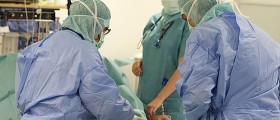






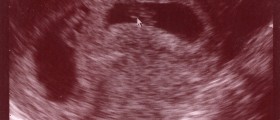



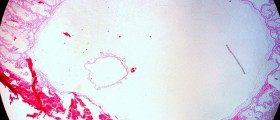
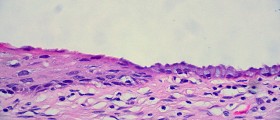

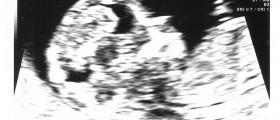
Your thoughts on this
Loading...